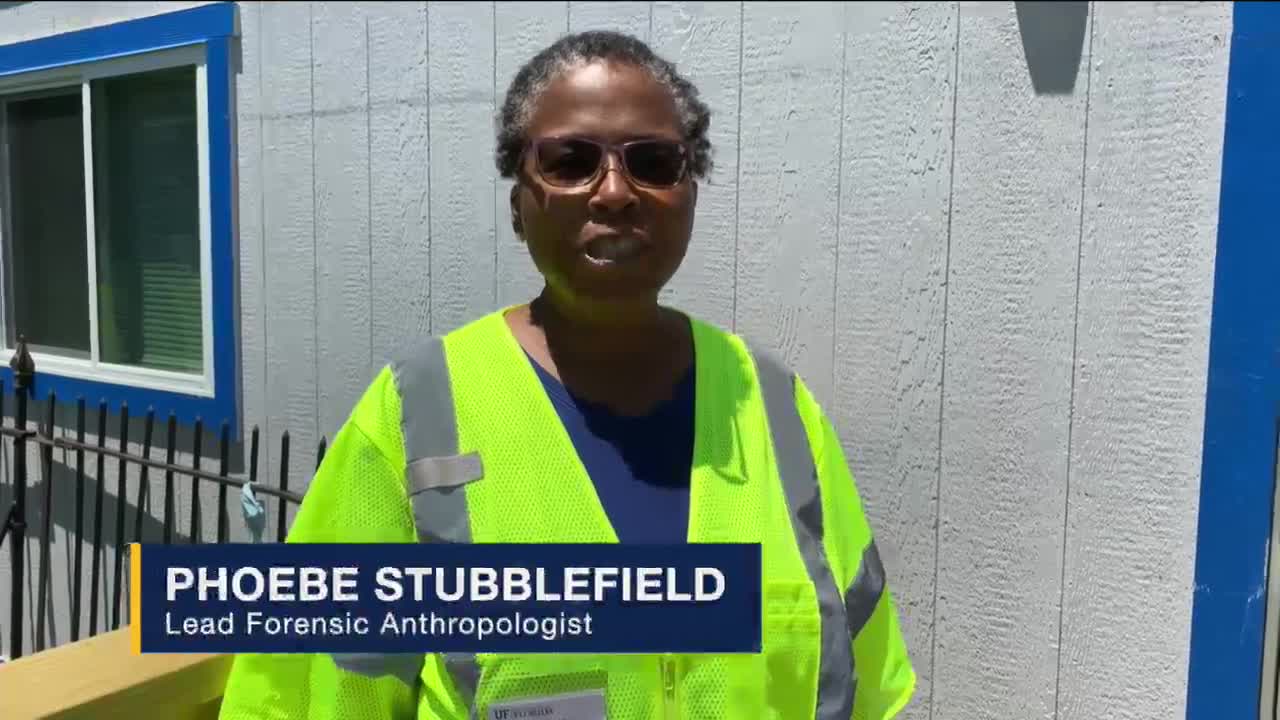Forensic team uncovers secrets of Tulsa Race Massacre victims
June 13, 2024 | Hispanic/Latinx Affairs Commission Meetings, Tulsa, Tulsa County, Oklahoma

This article was created by AI summarizing key points discussed. AI makes mistakes, so for full details and context, please refer to the video of the full meeting. Please report any errors so we can fix them. Report an error »

In a recent government meeting, the lead forensic anthropologist for the Tulsa Race Massacre investigation provided an in-depth overview of the meticulous processes involved in analyzing human remains exhumed from the historic site. The anthropologist, affiliated with the University of Florida, detailed the use of advanced radiography techniques to examine the remains, which allows researchers to identify potential causes of death and artifacts associated with the burials.
The forensic team employs a CR scanner system to create digital images of the remains, searching for indicators such as bullets and other metallic objects, as well as personal items like buttons and nails. This method significantly reduces the time spent excavating soil to uncover burial details.
Each set of remains is carefully processed on individual tables to prevent mingling, allowing for thorough analysis of skeletal elements. The team assesses various indicators, including age and sex, and examines any signs of past injuries or health conditions. The anthropologist emphasized the collaborative effort of 4 to 5 analysts and graduate students working together to ensure a comprehensive examination.
The meeting also highlighted the importance of proper record-keeping, with a mix of digital and paper files maintained to track the progress of the investigation. Once analysis is complete, the remains are stored in a specially designed system until they are ready for reinterment.
The anthropologist encouraged the public to visit the city of Tulsa's dedicated website for more information on the investigation, which has been ongoing for over 20 years, providing access to historical documents, reports, and updates on the project.
Additionally, the meeting touched on the city's Destination District Program, aimed at revitalizing and sustaining vibrant districts within Tulsa, reflecting the city's commitment to fostering community growth and engagement.
The forensic team employs a CR scanner system to create digital images of the remains, searching for indicators such as bullets and other metallic objects, as well as personal items like buttons and nails. This method significantly reduces the time spent excavating soil to uncover burial details.
Each set of remains is carefully processed on individual tables to prevent mingling, allowing for thorough analysis of skeletal elements. The team assesses various indicators, including age and sex, and examines any signs of past injuries or health conditions. The anthropologist emphasized the collaborative effort of 4 to 5 analysts and graduate students working together to ensure a comprehensive examination.
The meeting also highlighted the importance of proper record-keeping, with a mix of digital and paper files maintained to track the progress of the investigation. Once analysis is complete, the remains are stored in a specially designed system until they are ready for reinterment.
The anthropologist encouraged the public to visit the city of Tulsa's dedicated website for more information on the investigation, which has been ongoing for over 20 years, providing access to historical documents, reports, and updates on the project.
Additionally, the meeting touched on the city's Destination District Program, aimed at revitalizing and sustaining vibrant districts within Tulsa, reflecting the city's commitment to fostering community growth and engagement.
View full meeting
This article is based on a recent meeting—watch the full video and explore the complete transcript for deeper insights into the discussion.
View full meeting
